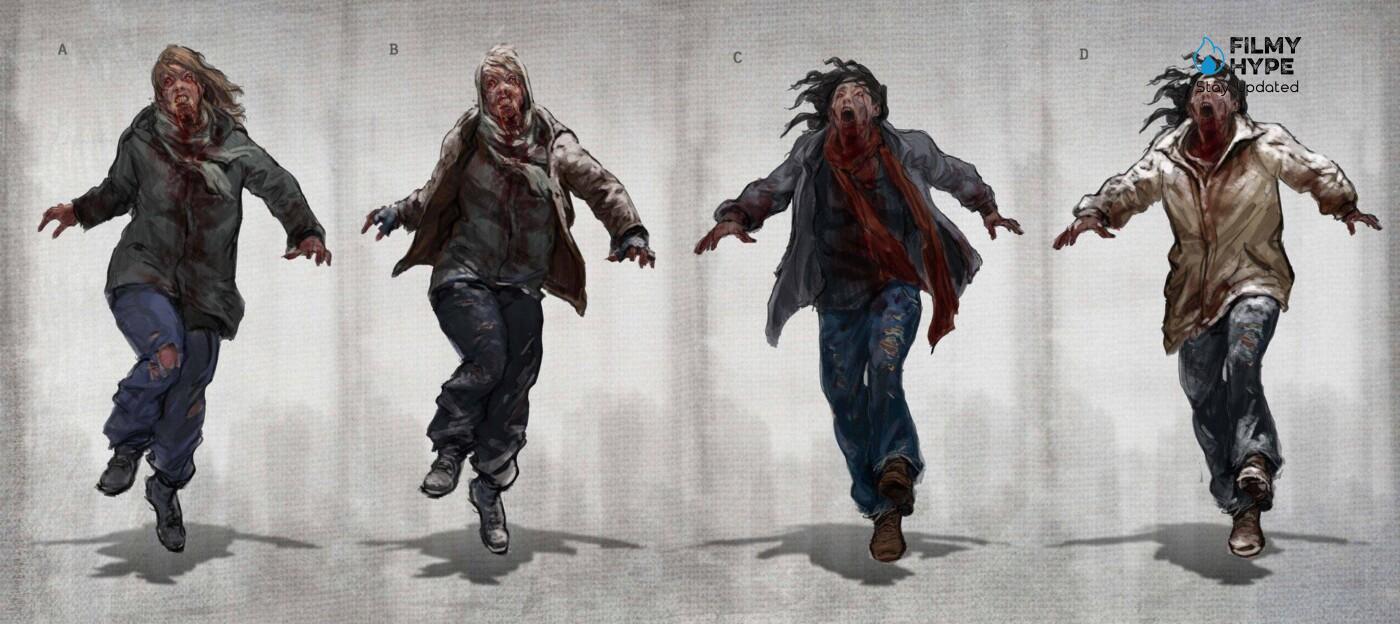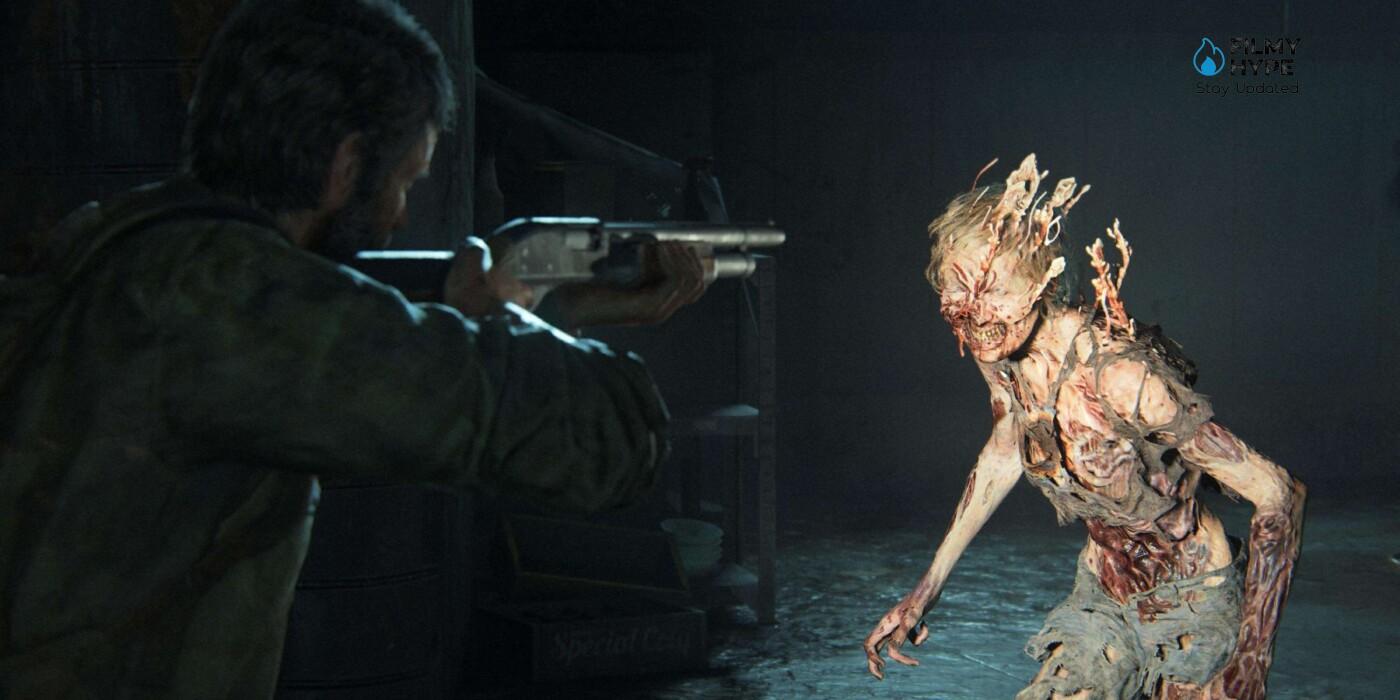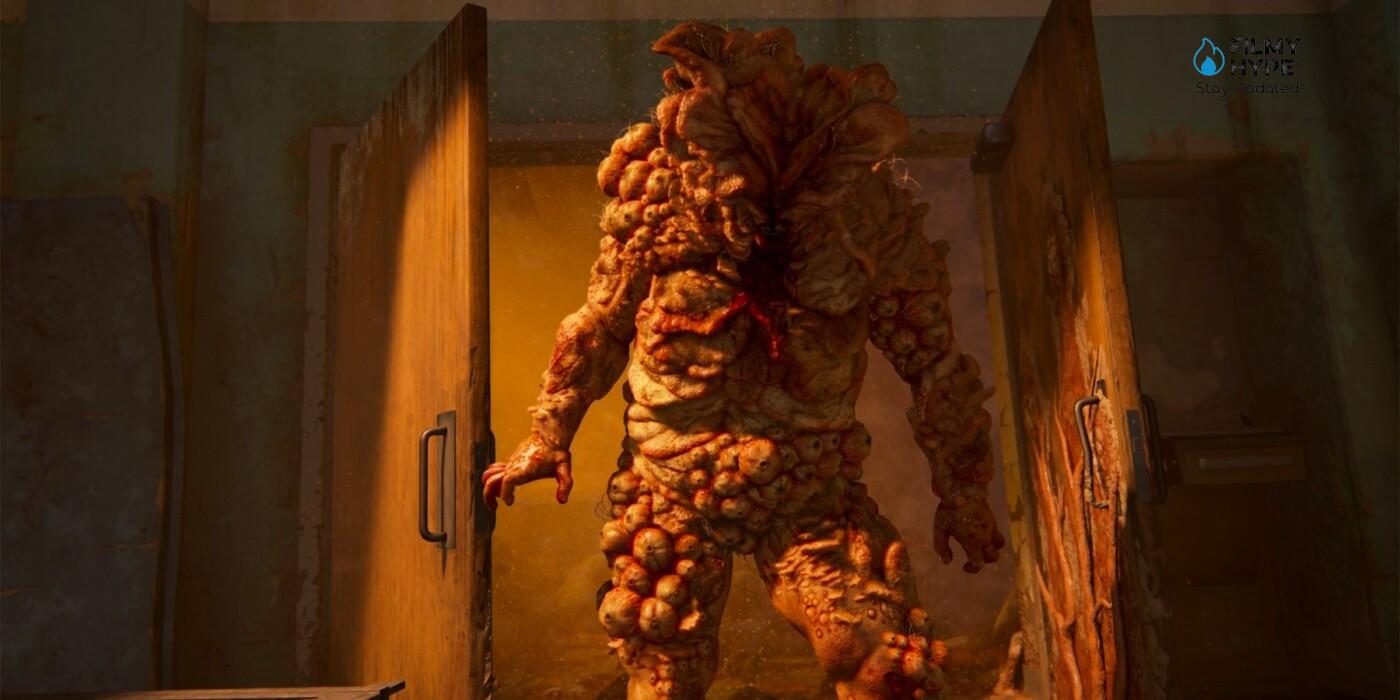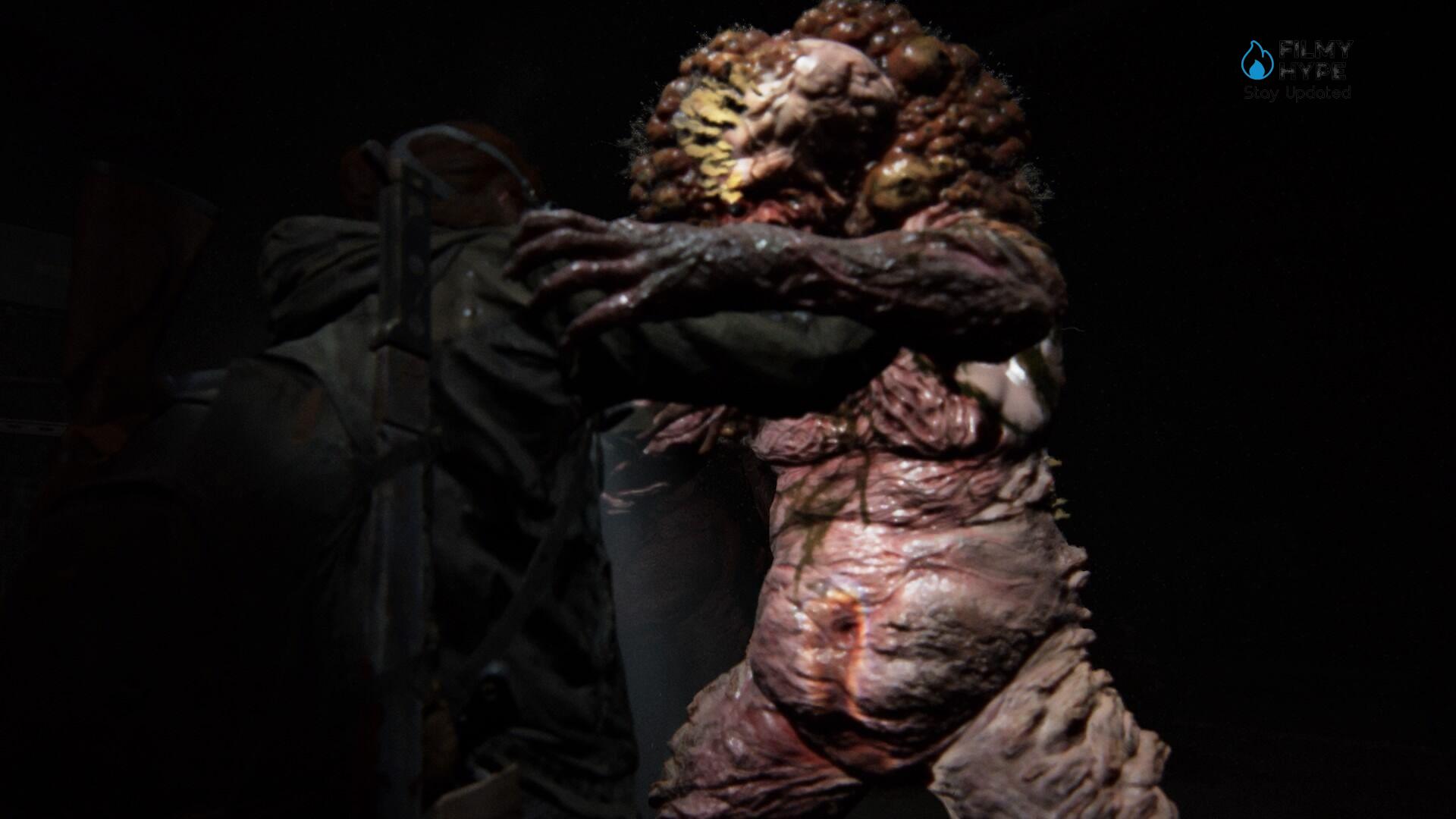The Last of Us: All About Infected Creatures That Appeared in The Series
On January 16, 2022, the new HBO TV series The Last of Us, based on the video game of the same name developed in 2013 by Naughty Dog, made its debut in Italy on Sky and NOW TV. As we wrote in our review of the TV series The Last of Us, the HBO adaptation is entertaining but not surprising and offers the viewer a faithful and accurate transposition of the video game. The HBO TV series The Last of Us is an adaptation of the first chapter linked to the videogame franchise, and follows the story of Joel and Ellie, played respectively by Pedro Pascal and Bella Ramsey. The two protagonists of the TV series The Last of Us are on a journey through what is left of the United States after the collapse of civilization that occurred 20 years earlier, caused by the spread of infection by Cordyceps, a real-life fungus known for being able to control the brain of insects.
In the history of the TV series and the video game The Last of Us, this mushroom has somehow managed to infect human beings, transforming them into monstrous creatures, thus marking their almost total extinction. The TV series The Last of Us has a big difference regarding contagion (confirmed by the creators), but the creatures that haunt the world anyway are present and scarier than ever. Below you can find an insight into the monsters that populate the universe of the HBO TV series The Last of Us, these creatures represent old acquaintances for fans of the franchise and monstrous discoveries for newbies.
Creatures From the TV Series The Last of Us
The creatures of the HBO TV series The Last of Us are divided into various categories and evolutionary stages, inextricably linked with the severity of the Cordyceps infection. Cordyceps infection, as we wrote above, resulted from a fungus capable of controlling the brain of humans and changing their physical appearance. This fungus, based on the time of exposure to the infection, transforms human beings into creatures different in appearance and physical capabilities. The Cordyceps-infected creatures described below are arranged in chronological order, ie according to how long it has been since the original infection (the evolutions vary according to the survival time of the human host).
Runners
Runners are the basic infected, i.e. those who have only been infected with Cordyceps for a few days. This is the phase that still resembles humans, even if the effects of the parasitic fungus are felt, both in appearance and in physical characteristics. In their appearance, they could be compared to zombies from films such as George’s Night of the Living Dead. A. Romero, but certainly, their physical characteristics are not comparable to these slow creatures. The Runners, even if they have less acute sight as well as hearing, have excellent muscles, which allow them to launch fast and violent attacks.

A point against these creatures is for sure that if encountered alone, they are easily eradicated. The Runners about their vulnerability in solitary, prefer to attack in groups where they certainly represent a much more tangible danger.
Stalker

Stalkers represent the second stage of the infection, which occurs two weeks to a year after being infected with Cordyceps. Unlike Runners, Stalkers prefer to attack stealthily and in strictly dark areas. The parasitic fungus, in the Stalkers, has now spread to the whole body making them practically blind. Well, Stalkers move and locate their victims thanks to echolocation (a kind of natural sonar). Cordyceps give them considerable strength, which makes them very dangerous in close combat.
Clickers

Clickers represent the third stage of the infection, which occurs between one and seven years of age. As in Stalkers, the fungus has spread to the whole body and Clickers also rely on echolocation. Clickers are blind and their name comes from the sound they emit (similar to a click) and which they use for the aforementioned echolocation. Their face is completely deformed by the Cordyceps and nothing is enough to be discovered and suffer an almost certainly lethal attack given their strength.
Bloater
If a host survives the infection for years, its destiny is to become a Bloater, a slow but incredibly strong creature covered in an armor of mushroom-like plates. Bloaters are vastly stronger than the creatures mentioned so far, however, a host is unlikely to be able to resist being infected with Cordyceps, so they shouldn’t feature much in the HBO TV series The Last of Us.

In any case, thanks to the images shown by the trailers, it is known that at least one Bloater will be shown. In The Last of Us video game, Bloaters can throw infection bombs, but this feature has most likely been removed. The creators have already reiterated that, unlike the video game in the HBO TV series The Last of Us, the spores will not be present.
The Creatures That (Perhaps) Will Be Present in The Second Season
In the video game world of The Last of Us, in addition to the four stages just mentioned, two other creatures are specified in the video game The Last of Us Part II, developed by Naughty Dog in 2020. These creatures will probably not be present in the first season of the HBO TV series The Last of Us but (maybe) in the second.
Shamblers

The Shamblers are infected that have resisted for many years but in a humid environment. These creatures are less physically strong than clickers and bloaters, but they can grab their prey and burn them via the infectious characteristics of their bodies. When knocked out, their spores explode causing Cordyceps spores to be scattered in the air. This function will probably be changed since as previously mentioned in the HBO TV series The Last of Us the spores are not present.
The Rat King

The Rat King is a monstrosity that, in the video game The Last of Us Part II, we meet with Abby (one of the two protagonists together with Ellie of the second video game chapter) in the Seattle hospital. The Rat King is a gigantic infected born from the fusion of several infected.



